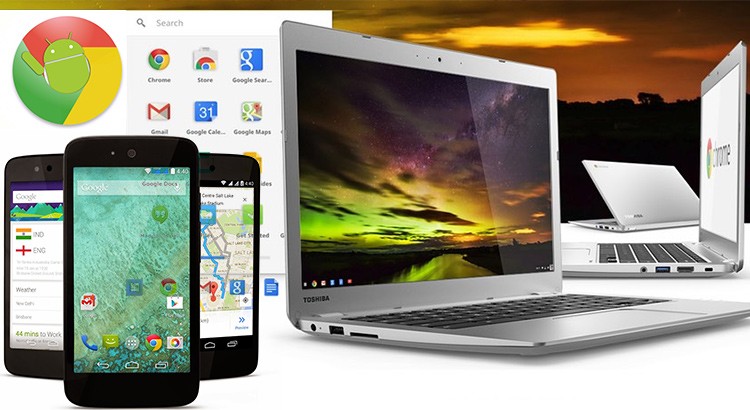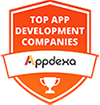If the recent reports are anything to go by, Google is all set to merge its Chrome operating system, which is presently used in notebook and desktop computers with its Android operating system used in smartphones and tablets. Though there has been no confirmation from Google regarding the same, but Wall Street Journal claims it to be true. Here is what WSJ stated:
- Chrome OS will be folded into Android.
- Google has been prepping for this unification since 2013
- The unified OS is set to be shown in 2016 and later will be released in 2017
- Chrome OS remains a supported Open Source project that manufacturers choose to use. It’s reported that Google will focus its notebook efforts on the unified platform.
Droid branding belongs to Disney and Lucas-film and is licensed to Verizon Wireless. We look forward to the coming years to get answers to the following questions like:
Will the version be available on notebook-type devices or is the platform going to be consistent with Android tablets and phones?
Is it going to have a single user interface or will have separate desktop and tablet interfaces like Microsoft Windows 8 and 10?
Will current Chrome books be able to upgrade to this version?
Most Android devices make through one or two upgrade cycles, however it remains to be seen whether this unified version ensures the kind of multi-year upgrade path that Windows and Mac OS X notebooks have?
Is Google going to solve the Android fragmentation problem by 2017? Android 5.0 Lollipop was released in November 2014. Though an year after, 76.5 of Android devices accessing the Google Play Store still use an older version, as per Google’s own Android Dashboard.
Chromebook security, update and recovery processes have been recognized as simple, safe and straightforward. Now it seems to be seen whether this version of Chrome and Android provides the same kind of simplicity and safety or whether it is going to have the kind of end-user management complexity seen in Microsoft Windows.
These days Android notebooks come with a touch screen, yet these devices are usually considered as mainstream products. For instance, the HP SlateBook introduced in 2014 is not presently listed as an active product on HP’s website. It can be found on Amazon though with a 14-inch touch screen, a 1.8GHz Nvidia Tegra 4 quad-core mobile processor, 2GB Ram and 16 GH eMMC storage and a rich set of ports, including a microSD slot, one USB 3.0 port, two USB 2.0 ports, an HDMI port, and Ethernet and headphone jacks.
The HP SlateBook 14 has a full-size keyboard and trackpad, still it failed to enter the mainstream. Now let’s see what happens with this new combo OS. Few years ago Microsoft was struggling with the failure of Windows 8, but we returned back with a bang with Windows 10, which launched earlier this year. At the same time, it is enjoying good space in the market with Surface Pro 4 and Surface Book hardware that was well-received by reviewers and end users.
Meanwhile, at the moment we are looking forward to the big official announcement from Google!














